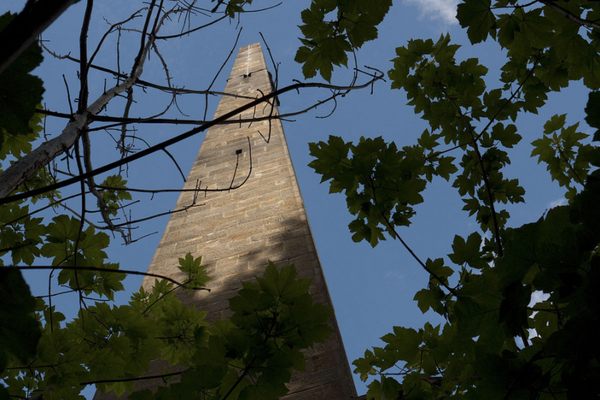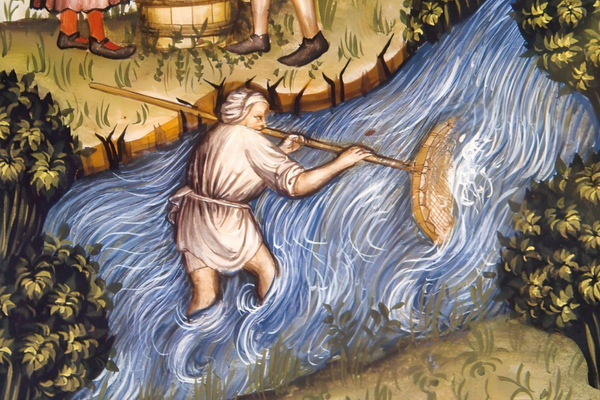Found: A Lost Charter Issued by King John More Than 800 Years Ago
Is there nothing that libraries can’t do?

On March 26, 1200, more than 800 years ago, the court of King John issued a charter granting new ownerships of two hamlets in County Durham—a routine, even mundane piece of business for a king who would later grant something called the “Great Charter,” also known as the Magna Carta. The original Durham document, however, had eluded historians for nearly a millennium, before finally turning up out of nowhere in the archives of Durham University’s Residential Research Library (RRL).
The charter was discovered purely by chance, as Benjamin Pohl—a medievalist at the University of Bristol on a visiting fellowship—perused the archives of Ushaw College Library, part of the RRL system. The contents of the charter had long been known thanks to a “charter roll,” a kind of record of all charters issued by a particular court or office. But no one really expected it to turn up. After all, just a handful of original King John charters from the year 1200 survive, according to the University of East Anglia’s Magna Carta Project.
Several prominent visual details, however, meant that there was no mistaking this find for anything but the real deal. One giveaway was the “court hand” in which the document was written: a striking, intricate style of penmanship often employed by professional scribes for this kind of official business. Perhaps even more telling was King John’s royal seal, no matter how fragmented it was after centuries in a box.

The business it covers doesn’t necessarily shed too much light on King John’s reign, which lasted from 1199 until his death in 1216. According to the University of Bristol, the charter grants the hamlets of Cornsay and Hedley Hill to two characters known as Walter of Caen and Robert FitzRoger, the nephews of a county chamberlain named Simon. Simon had held the hamlets for more than 15 years before transferring them to his relatives, as documented by another original charter from Simon’s bishop, issued before 1183 and also held in the RRL.
More intriguing are the clerical differences between the newfound original and its replica on the charter roll. That copy names three witnesses: the Archbishop of York, the Chief Justiciar of England, and the Sheriff of Yorkshire and Northumberland. The original, meanwhile, names a full nine witnesses, providing a much more complete picture of what was happening in York, where the charter had actually been issued, on March 26, 1200.
In a University of Bristol press release, Pohl said that a medieval charter’s “issuing authorities, beneficiaries, and witnesses provide a cross-section of medieval England’s ruling elites.” This one is less valuable, then, as a record of a real estate transaction than it is as a “‘who’s who’ of Northern England (and beyond) at the turn of the thirteenth century.” Even more than that, it’s a testament to the never-ending gifts that emerge from libraries the world over.














Follow us on Twitter to get the latest on the world's hidden wonders.
Like us on Facebook to get the latest on the world's hidden wonders.
Follow us on Twitter Like us on Facebook